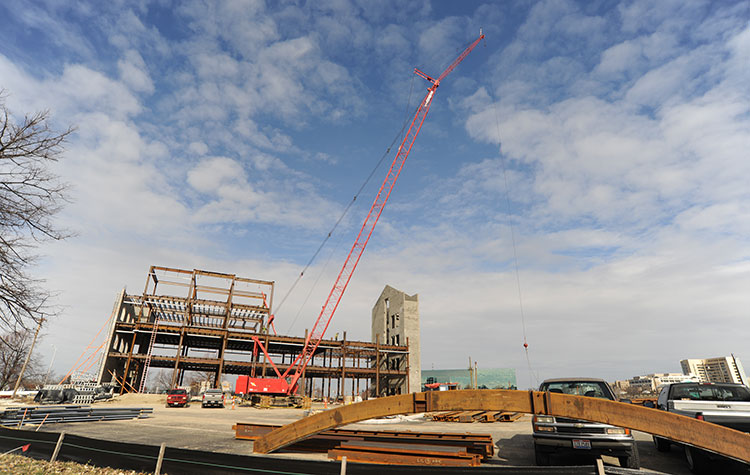Document Type
Article
Publication Date
1-2011
Publication Source
Ohio Transportation Consortium
Abstract
Inductive loops are widely used nationwide for traffic monitoring as a data source for a variety of needs in generating traffic information for operation and planning analysis, validations of travel demand models, freight studies, pavement design, and even emission impact analysis of traffic operation. The loop data have also been used for vehicle length-based classification in many states including Ohio. The dual-loop detector consists of two single loop detectors which are placed apart at a fixed short distance, and this configuration enables the dual-loop detector data a potential real-time data source for speed and vehicle classifications. However, the existing dual-loop length-based vehicle classification model has been well evaluated against free traffic but not suitable for non-free traffic conditions (such as synchronized and stop-and-go congestion states). This project is there motivated to identify the performance of the existing length-based vehicle classification models under various traffic conditions, and develop new models against congested traffic using dual-loop data.
In order to evaluate the existing models against different traffic flows, namely free flow, synchronized flow and stop-and-go flow, the concurrent ground-truth video data is employed and the software VEVID is used to extracted vehicle trajectory data from the video. This extracted vehicle trajectory data is used to compare with the event dual-loop data and to evaluate the existing vehicle classification models. As a result, the existing model is proven capable of estimating the vehicle length very well under free flow; however, large errors are identified within both synchronized and stop-and-go traffic streams. New length-based vehicle classification models, i.e., VC-Sync model and VC-Stog model are developed for cases of synchronized traffic flow and stop-and-go traffic, respectively. Comparing to the ground-truth data, the error of the estimated length by the VC-Sync model is reduced to 8.5% compared to 35.2% produced by the existing model, and the error of the VC-Stog model is reduced to 27.7% compared to 210% generated by the existing model.
In order to ensure the right use of the above models under different traffic conditions, correct identification of varied traffic flow states is a critical need. For this purpose, an algorithm for identifying three traffic states, namely, free flow, synchronized flow, and stop-and-go flow, has been developed. A heuristic approach is employed for developing this algorithm with combination of occupancy and speed which are directly resulted from the dual-loop data. Thresholds of variables involved in the algorithm are recommended based on the statistical analysis of the data gained from the sampling dual-loop stations in I-71/I70 in Columbus, Ohio.
In addition, loop standards of layout and installation method have been collected from 17 states in the United States. Brief analysis of the collected standards is conducted to provide fundamental information for future evaluation. Based on the detailed provided information, it may be concluded that there are no substantial differences in their standards and the most commonly used loop detectors are 6' × 6' square and 6' × 50' rectangular loops. The NEMA iv (National Electrical Manufacturers Association) inductive loop detectors have been widely used in the US.
Document Version
Postprint
Publisher
Ohio Transportation Consortium
Sponsoring Agency
Ohio Transportation Consortium
eCommons Citation
Wei, Heng; Ai, Qingyi; Eustace, Deogratias; and Yi, Ping, "Optimal Loop Placement and Models for Length-based Vehicle Classification and Stop-and-Go Traffic" (2011). Civil and Environmental Engineering and Engineering Mechanics Faculty Publications. 67.
https://ecommons.udayton.edu/cee_fac_pub/67
Included in
Civil Engineering Commons, Construction Engineering and Management Commons, Environmental Engineering Commons, Other Civil and Environmental Engineering Commons, Transportation Engineering Commons




Comments
This report is organized as follows: Chapters 1 through 3 and Chapter 6 are prepared by Dr. Heng Wei and Mr. Qingyi Ai, University of Cincinnati; Chapter 4 is prepared by Dr. Deogratias Eustace, University of Dayton; and Chapter 5 is preparad by Dr. Ping Yi, University of Akron.
Document is made available with the permission of author Deogratias Eustace. Permission documentation is on file.